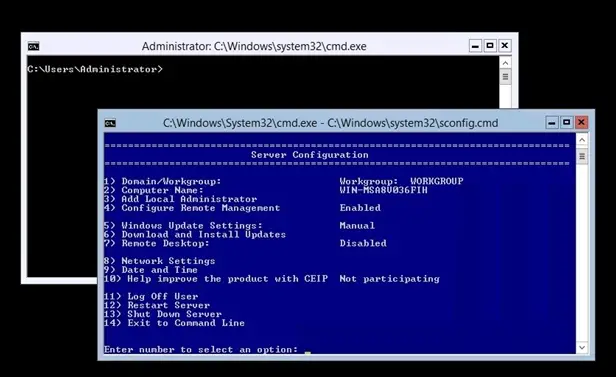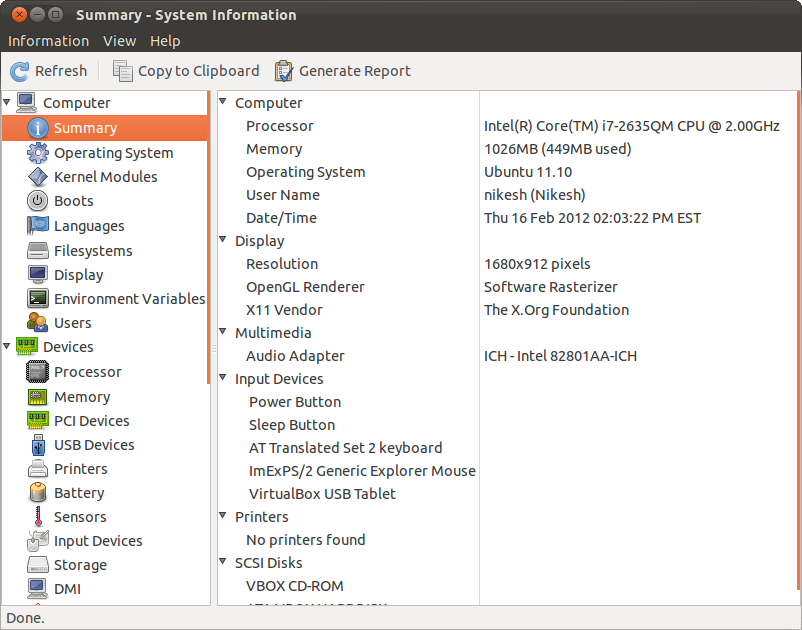

This a feature that enhances the performance and efficiency of a system by allowing the CPU core to execute multiple threads in parallel. It enables the CPU to handle a large number of interrupts and by so doing, enhances dual processing and multi-processor support.

It is a family of interrupt controllers that was developed by Intel and has been around since Intel Pentium. apicĪPIC is short for Advanced Programmable Interrupt Controller. It provides 13 new instructions and enhanced performance for 3D tasks and digital signal processing. Sse3 is also referred to as the Prescott New Instructions (PNI). In addition, it can simultaneously perform a single task across multiple pieces of data con. Unlike, the SSE2 has additional instructions and handles 64-bit values. This is basically an enhanced version of SSE. It comes in handy in process-intensive applications such as gaming, video and photo editing, 3D animation, and so on. It boosts the performance of a system via parallel processing. The sse flag (Streaming SIMD Extension) is an extension that is unique to Intel-based processors. It’s without a doubt a flag that features in modern operating systems given that a majority of them support huge RAM sizes based on the motherboard of the system. PAE, short for Physical Address Extension is a feature that permits CPUs to access RAM sizes greater than 4GB.

#Hypervisor linux cpuinfo code
For instance, it restricts access to specific memory locations or blocks the execution of code from certain sources. It’s an API that enforces security policies in Intel TXT platforms. The smx (Safer Mode Extensions) flag appears on 64-bit processors. You can achieve this using popular hypervisors such as VirtualBox and VMWare. The hypervisor flag proves that the CPU provides hardware support for running virtual machines.
#Hypervisor linux cpuinfo install
The presence of any of these flags indicates that Virtualization has been enabled on your PC or virtual machine and that you can install a hypervisor such as KVM, or VirtualBox to create virtual machines. On the other hand, svm (Secure Virtual Machine ) is the virtualization extension for AMD CPUs.

This is a virtualization extension for the Intel CPU Processor. The vmx flag stands for Virtual Machine Extension. Conversely, any 32-bit CPU will not have this flag. This essentially implies that any x86-64 CPU will bear this flag. The lm flag refers to Long Mode, which proves that the CPU supports 64-bit architecture. In this guide, we will shed light on some of the most important flags and understand what information they provide. $ cat /proc/cpuinfoĮvidently, the output contains a myriad of flags in the ‘ flags‘ section which define the number of various processor attributes. You don't need to, and should not, re-implement this functionality.The /proc/cpuinfo file is a plain-text read-only file that contains information about the CPU, and displays a wealth of information about the CPU including the vendor ID, CPU family, and model name among other intricate details.īelow is a sample output of /proc/cpuinfo file. All pointers are required to be non-null. Supported and returns 1 for valid cpuid information or 0 for * Return cpuid data for requested cpuid level, as found in returnedĮax, ebx, ecx and edx registers. Unsigned int _get_cpuid_max (unsigned int _ext, unsigned int *_sig) (as found in ebx register) are returned in location pointed by sig. Pointer is non-null, then first four bytes of the signature Is not supported or whatever cpuid returns in eax register. ext canīe either 0x0 or 0x8000000 to return highest supported value forīasic or extended cpuid information. Since you are compiling with GCC then you can include cpuid.h which declares these functions: /* Return highest supported input value for cpuid instruction.


 0 kommentar(er)
0 kommentar(er)
